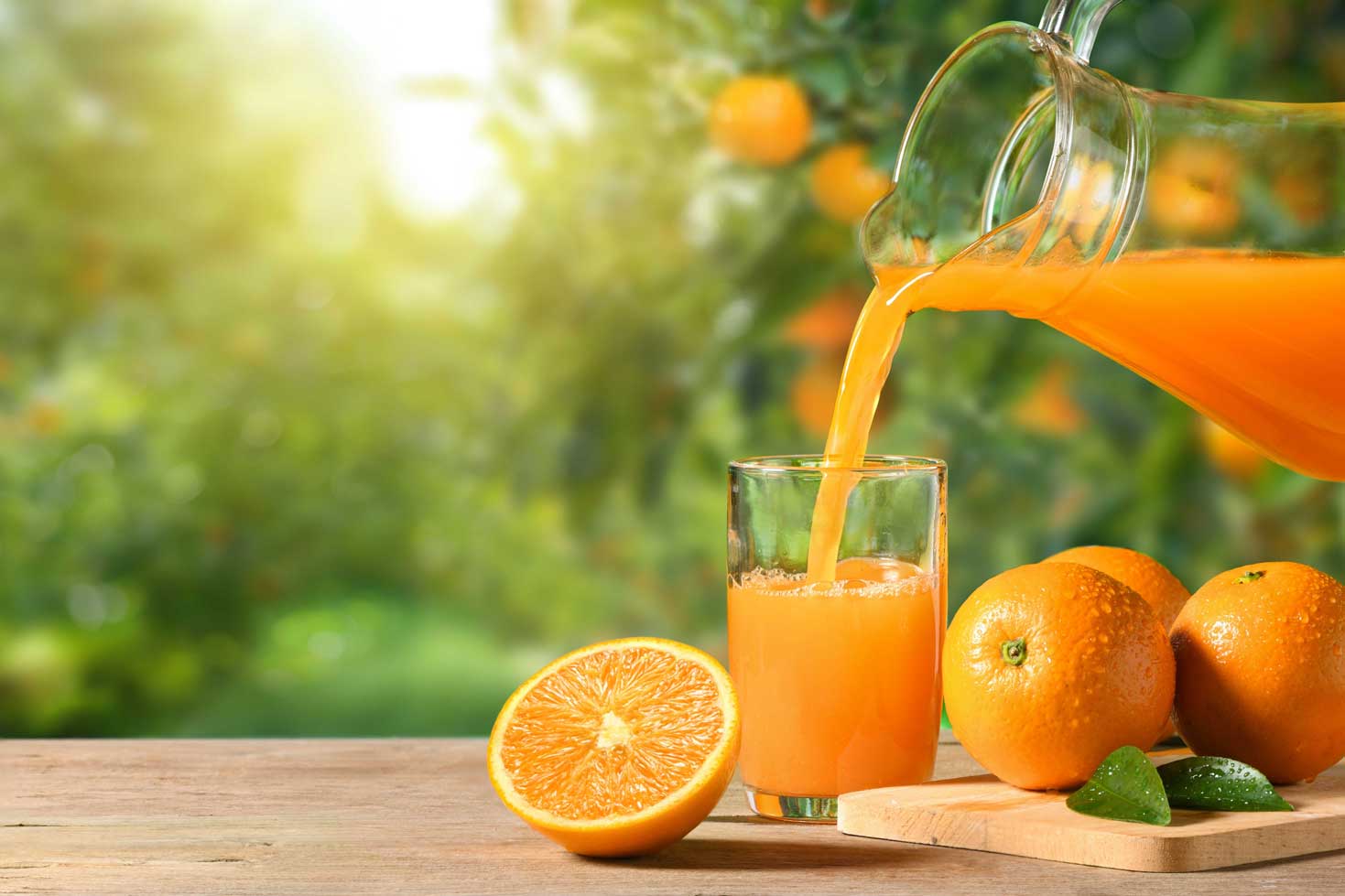
Congratulations—you’re bringing home a new pet! Whether it’s a playful Golden Retriever puppy, a sleek Siamese kitten, or a wonderful rescue dog, the first few weeks are a critical period of bonding, learning, and setting up good habits for life.
But before that joyful homecoming, there’s the gear. A trip to the pet store can feel like navigating a maze of endless options. What’s truly essential? What's just an expensive gimmick?
We’ve curated the definitive list of pet supplies must-haves for US owners, focusing on items that promote safety, comfort, and easy training, ensuring your new family member transitions seamlessly from rescue to royalty.
Part 1: Sanctuary & Safety Essentials
The first rule of pet parenting is establishing a secure, comfortable territory where your animal can de-stress and feel safe.
1. The Den: Crate and Bedding
The crate is the core of a well-adjusted dog's life. When introduced correctly, it becomes a "den"—a cozy, private retreat.
- The Crate: Choose a crate large enough for your dog to stand up, turn around, and lie down comfortably when fully grown. For puppies, look for crates with a divider panel so you can adjust the size as they grow, which is key for successful house training.
- Tip: Find durable, folding Dog Crates with Divider Panels on Chewy.
- Bedding: Inside the crate, place a comfortable, durable crate pad or a high-quality dog bed. Pro Tip: For senior dogs or those with joint issues, consider an orthopedic or elevated cooling bed to provide support and air circulation, particularly in warmer states.
2. Food & Water Stations
Hygiene and digestion start with the right bowls.
- Bowls: Always choose stainless steel or ceramic over plastic, as they are easier to sanitize and prevent bacterial build-up (which can sometimes cause chin acne in dogs).
- Slow Feeders: If your dog inhales their dinner, a slow feeder bowl or puzzle feeder is a must-have. These promote better digestion and turn mealtime into a stimulating mental exercise.
- The Cat Angle: Cats often prefer shallow bowls to avoid "whisker fatigue." Consider an automatic water fountain for cats, as they are naturally drawn to running water, encouraging better hydration (crucial for feline kidney health).
- Shop a range of Slow Feeder Bowls and Automatic Water Fountains on Amazon for improved pet health.
Part 2: Gear for Life On-the-Go and Training
Once the pet is settled, setting up safe routines for walks and training is next.
3. Leash, Collar & ID
A secure connection is the most important safety tool you own.
- Leash & Collar: Ensure you have a sturdy, appropriately sized collar with a quick-release function. Even if your pet is microchipped, an ID tag with your phone number and address is essential for immediate contact if they get lost.
- The Harness Decision: For many dogs, especially those prone to pulling, a front-clip harness is safer than attaching a leash to a collar, as it distributes pressure away from the neck and gives you better control.
- Car Safety: In most states, pets must be safely restrained in a vehicle. Invest in a pet safety seatbelt attachment or a travel crate to prevent distraction and injury.
4. Training & Enrichment Tools
Your pet’s brain is just as important as their body.
- High-Value Treats: You need a variety of treats: low-calorie options for daily reinforcement and "high-value" soft, smelly rewards (like jerky or liver bits) reserved only for big achievements, like successful recall or great vet visits.
- Interactive Toys: Rotate your toy selection to prevent boredom.
- For Dogs: Durable Kong chew toys (great for stuffing with peanut butter), tug ropes, and puzzle toys for mental engagement.
- For Cats: Wand toys (feather teaser toys) for interactive hunting practice, and small, lightweight catnip-stuffed toys for independent play.
- Training Clicker: Used in positive reinforcement training, a clicker helps pinpoint the exact moment your dog performs the desired behavior, accelerating the learning process.
Part 3: Health, Hygiene & Wellness
A prepared owner is a responsible owner. These items address inevitable health and cleanliness needs.
5. Grooming & Hygiene
Regular grooming is a great way to bond and monitor for health issues.
- Grooming Kit: Stock up on basic supplies: a slicker brush (type depends on coat), dog-safe shampoo, and pet-specific nail clippers. Regular brushing helps control shedding and prevents painful matting.
- Poop Bags & Dispensers: A hands-free dispenser that attaches to the leash is a convenient must-have. Always choose compostable or biodegradable bags.
- Cat Litter System: For cats, remember the golden rule: one litter box per cat, plus one extra. Use an unscented, clumping litter and place the boxes in quiet, easily accessible locations. A litter mat placed outside the box will significantly reduce tracking.
6. Proactive Healthcare & Safety
Safety is an ongoing investment.
- Flea, Tick, and Heartworm Prevention: Schedule an initial vet visit within the first few days. Your vet will prescribe the correct monthly preventative (oral or topical) for your climate and dog’s lifestyle. This is vital for avoiding parasites that carry disease.
- Pet First Aid Kit: Have a basic kit on hand with essentials like gauze, antiseptic wipes, and tweezers for tick removal.
- Pet Insurance: Unexpected vet bills for emergency surgery or chronic illnesses can easily run into thousands of dollars. Pet insurance provides a financial safety net, allowing you to prioritize your pet's health without financial burden.
Get a Free Quote for Pet Insurance from top US providers like Healthy Paws or Lemonade.



